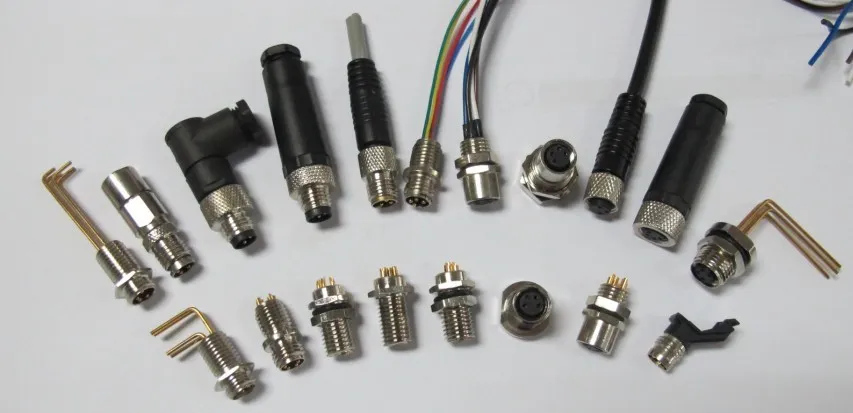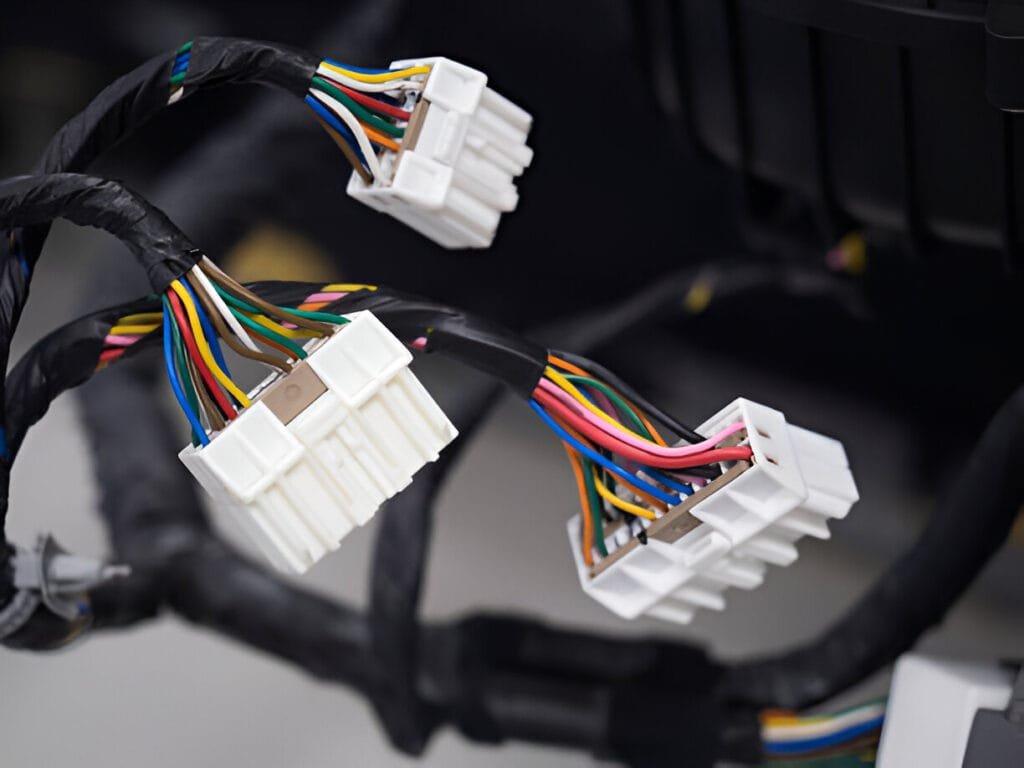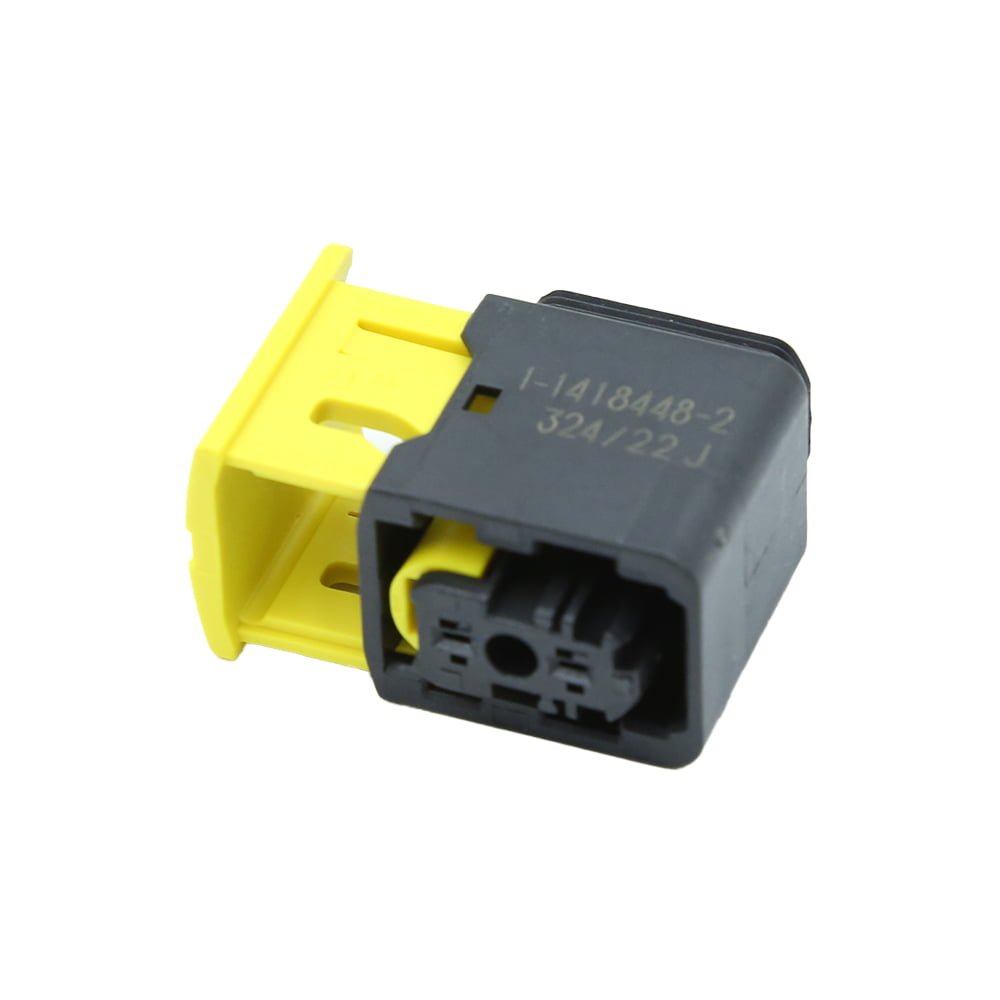Connector Basics
Connector are vital in electrical and electronic systems, acting as links between wires, cables, PCBs, and other components. They facilitate efficient data, power, and signal transmission across devices. TE Connectivity and XKB are key players in this field, catering to different needs. TE Connectivity is known for high-performance connectors used in industries like automotive and aerospace, while XKB focuses on affordable solutions for consumer electronics and small-scale applications.

How Do Connector Work?
Connector function by creating a stable physical link between electrical contacts. TE connectors often use advanced designs like eye-of-needle (EON) technology to ensure strong signal integrity and low resistance. For instance, TE’s M12 X-coded connectors support high-speed data transfer up to 10 Gb/s with reliability in industrial settings. In contrast, XKB connectors prioritize simplicity and efficiency, such as the DC-011 model designed for high-current applications (up to 40A) with easy installation in compact spaces.
Pros and Cons of TE vs. XKB Connector
| Feature | TE Connectivity | XKB Connector |
|---|---|---|
| Durability | High resilience in tough environments | Moderate durability for general use |
| Performance | Supports advanced data and power transfer | Suitable for basic power connections |
| Cost | Premium pricing | Budget-friendly |
| Applications | Automotive, aerospace, industrial | Consumer electronics, small appliances |
TE connectors are ideal for demanding environments due to their durability and long lifespan, making them suitable for critical systems like electric vehicles or industrial automation. On the other hand, XKB connectors are cost-effective and designed for everyday devices like home appliances or portable gadgets.
Applications: Where Are They Used?
TE Connectivity products are essential in industries requiring precision and reliability:
- Automotive: Used in electric vehicle battery systems.
- Aerospace: Integral to avionics.
- Industrial Automation: Facilitates communication between machinery.
XKB connectors excel in consumer electronics and general-purpose applications:
- Portable Devices: Powering laptops or small gadgets.
- Telecommunications: Supporting basic connectivity.
- Home Electronics: Found in TVs or audio systems.
How to Choose the Right Connector
Choosing the right connector involves several considerations:
- Application Needs: Identify whether the connector is for data transfer, power supply, or both.
- Environmental Factors: Assess temperature tolerance, resistance to vibration, or protection against water/dust.
- Size Constraints: Compact options like TE’s NET-AX+ modular connectors save PCB space by up to 40%.
- Budget: TE offers premium solutions with advanced features, while XKB provides economical options for simpler requirements.
For example, a TE connector with coaxial capabilities suits industrial robots needing high-speed data transmission. Conversely, an XKB DC-011 connector fits basic power supply units.
TE vs. XKB Market Positioning
TE Connectivity leads globally with a wide range of innovative designs catering to high-performance needs across sectors like automotive and medical devices. In contrast, XKB specializes in standardized and customized interconnection products at competitive prices for consumer electronics markets.
Buying Tips and Procurement Advice
When purchasing connectors:
- Opt for authorized distributors or direct purchases from TE’s website to guarantee authenticity.
- For XKB products like the DC-011 model, platforms such as X-On Electronics provide competitive pricing with global delivery.
Verify specifications like current ratings (e.g., 40A for DC-011) and compliance standards (e.g., RoHS). Additionally, check supplier reliability through reviews or certifications to avoid quality issues or delays.By analyzing your project’s specific needs and comparing options from brands like TE Connectivity and XKB, you can make an informed choice balancing performance with cost-effectiveness.


